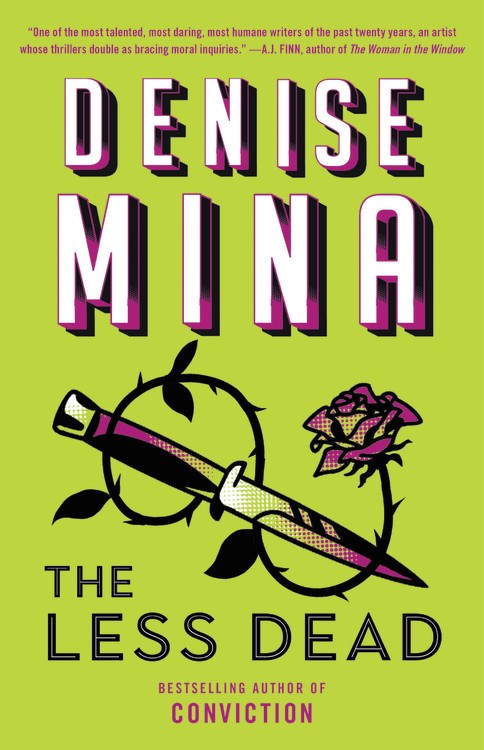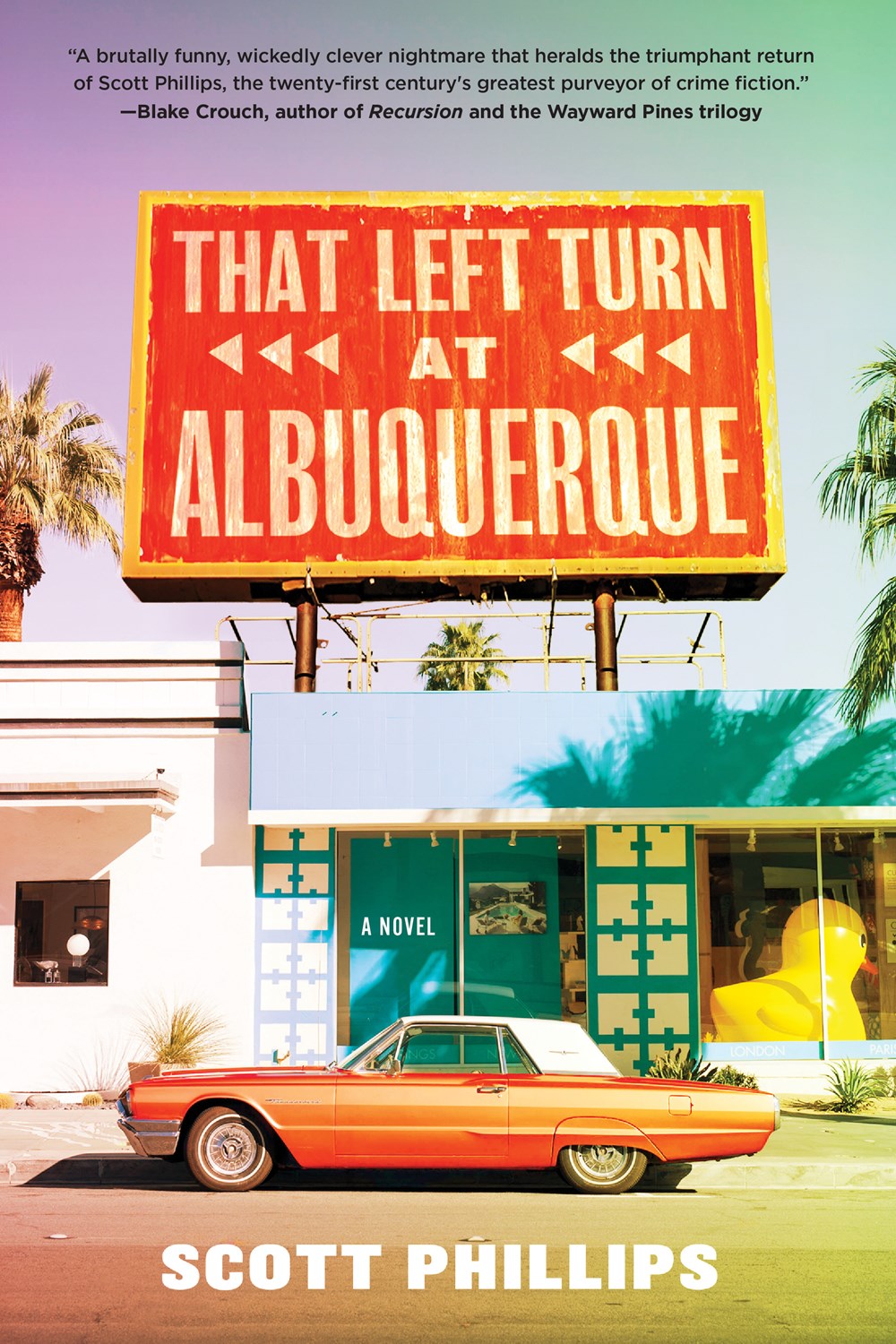We are happy to have Billy Kring’s latest Hunter Kincaid novel, A Cinnabar Sky, on our shelves. Even better, he wrote a short story featuring a border patrol agent in the time of COVID for our Crime Fiction Friday. Settle in and enjoy.
The Little Angel
Hunter and Raymond squatted on their heels Indian style behind a clump of greasewood to observe the crowd below them on the bank of the Rio Grande. Both Border Patrol agents wore their face masks to protect each other during the pandemic, both of the masks were a desert camo fabric.
At the edge of the crowd, a man stood on a ledge of rock and orated to them like a preacher, using wide arm gestures and other theatrical hand movements to lure the people closer. He wore no mask, but everyone in the crowd did. Hunter could hear him, but Raymond could not. “Too many gunshots with no ear protection,” he’d said.
Hunter said, “You’re not missing much. Guy calls himself Colonel Hardin, of the Light Brigade.”
“As in, ‘The Charge of’?”
She pointed, “Look over there, his two assistants are unfurling a banner on the side of the mini-van.” Two women in sequined one-piece bathing suits hung a bright red and yellow banner on the vehicle. It read, Colonel Hardin’s Patented Corona-Virus Cure. Raymond read it out loud, “Made from rare jungle plants and special minerals only found at the peak of the Andes where the Amazon River originates. Blended by medicine men and chemists, and guaranteed as a cure to COVID-19, leprosy, and cancer.”
“No wonder he’s down here pedaling that stuff.” The crowd was good-sized for this area of the Big Bend country, and the two agents studied the men and women comprising it. Hunter spotted one woman off to the side, standing quietly and leaning on a wooden cane as she watched Colonel Hardin. There’s something about her, Hunter thought, then her attention returned to Hardin as he continued his sales pitch.
Hardin spoke in perfect Spanish, saying, “We have with us today, a distressed individual riddled with the Corona-virus, and on death’s door. He was brought on a burro from a village at the foothills of the Sierra Madres, and he has barely made it with his life.” The man was grey-faced and sallow, and panted as he struggled to breathe.
Several people carried him on a stretcher to the ledge of rock and placed him at Hardin’s feet. Hardin knelt beside the cot, and the crowd pushed forward, all except the woman on the cane.
Hunter stood up, “Let’s go down there and see this miracle worker up close.”
Raymond stood, “As you wish.”
“You watched The Princess Bride again last night, didn’t you?”
“With my two nieces. It was great.”
“How many times have you seen it?”
“How many times has it been on television?” Hunter grinned, shaking her head.
They were off the hill in no time, coming to the crowd and having the people part when they spotted the badges. Hunter went first and was at the rock ledge when Hardin gave the wheezing man a small bottle of elixir. Hunter looked at his face as he glanced at the crowd. Light brown eyes in greyish skin showed his illness. He turned it up and drank a swallow, then staggered backward, almost going off the ledge. Hardin moved closer, and was a foot away from Hunter when he turned his eyes to her.
She felt the shock, for they were the blackest she had ever seen. The crowd rustled behind her, and Raymond was suddenly beside her so close their arms touched. Hardin frowned at him, and made a gesture at Raymond’s face, like opening all his fingers, and Raymond’s mask fell to the ground, and the man blew into Raymond’s face.
The sick man rolled to his feet and stood, and his eyes had changed and were as black as sin. A woman gasped and backed away from the ledge as she crossed herself.
That was when the little woman with the cane nudged through the crowd and stood at the rock ledge by Hunter. Hardin backed from her, making a sound almost like a hiss. The woman said to him, “It is time for you to leave.” She didn’t shout it, but the man left without another word, driving away in the van, and leaving the river bank as if no one else had been there.
The crowd’s mood seemed to lift, and they also dispersed, leaving only Hunter, Raymond, and the small woman. Hunter asked her, “What is your name?”
“Angelina.” She was tiny, maybe five feet tall at the most, but her eyes were lively and she had beautiful smile. “I’ll be going now.”
“Do you live around here? We can give you a ride.”
“No need. I’m from just around the corner.” She touched both Hunter and Raymond in farewell, then left them, walking downriver from their position.
It was two weeks later when Raymond came down with Coronavirus, and came down bad with it. He struggled to breathe, and ran a fever that had him delirious, talking about the devil, and angels, mumbling and coughing in his fever dreams.
When Hunter, and Connie, Raymond’s wife sat together and worried about if he would die or not, A knock came on Connie’s door, and when she opened it, Angelina, the small woman from the river was there. She smiled and talked to both, then asked if she could see Raymond. Connie said, “He’s contagious, and not talking right now.” She cried, “We aren’t sure if he will make it through the night.”
Angelina reassured her that she was immune to Corona, and would only be a moment, so Connie let her enter. When she came out of the bedroom, she smiled at both of them and said, “He seems to be breathing better. Good night.”
Raymond recovered rapidly, and before long, he complained because his bosses wouldn’t allow him to go back to work for a few more days.
Hunter felt as if a big weight had been lifted, now that she knew her best friend was going to be okay. On a whim the next day at work, Hunter drove down to the river, where Hardin had been situated. She turned downstream, wanting to see if she could locate Angelina. Around the river’s curve were the long-abandoned ruins of a small village church, and a cemetery. One Grave marker remained from all the years that floods had washed over the location. She walked to it and read the inscription: Angelina Milagro, born 1801 died 1888 – The angel who watches over our town.
Hunter sat down on the grass, took off her hat and remained there for ten minutes, touching the stone. Then she rose, dusted off her pants and said, “Thank you, Angelina.”
You can find more from Billy Kring when shop at BookPeople in-store and online.

 His trip through Africa to the recruitment station is full of danger and excitement in itself. He is robbed, befriended by some American legionnaires, and he gets a sidekick in Omar, an Egyptian who has read too many dime novels and mangles western idioms. It’s practically an achievement when he signs up.
His trip through Africa to the recruitment station is full of danger and excitement in itself. He is robbed, befriended by some American legionnaires, and he gets a sidekick in Omar, an Egyptian who has read too many dime novels and mangles western idioms. It’s practically an achievement when he signs up.


































 In
In 
 There were reports last year that
There were reports last year that  received a doctorate in metaphysics, taught English in South Africa, and then became a crime novelist. The critically acclaimed author of twelve previous Jack Taylor novels and The White Trilogy, he is the recipient of two Barry Awards and two Shamus Awards and has twice been a finalist for the Edgar Award. He lives in Galway, Ireland.
received a doctorate in metaphysics, taught English in South Africa, and then became a crime novelist. The critically acclaimed author of twelve previous Jack Taylor novels and The White Trilogy, he is the recipient of two Barry Awards and two Shamus Awards and has twice been a finalist for the Edgar Award. He lives in Galway, Ireland.

